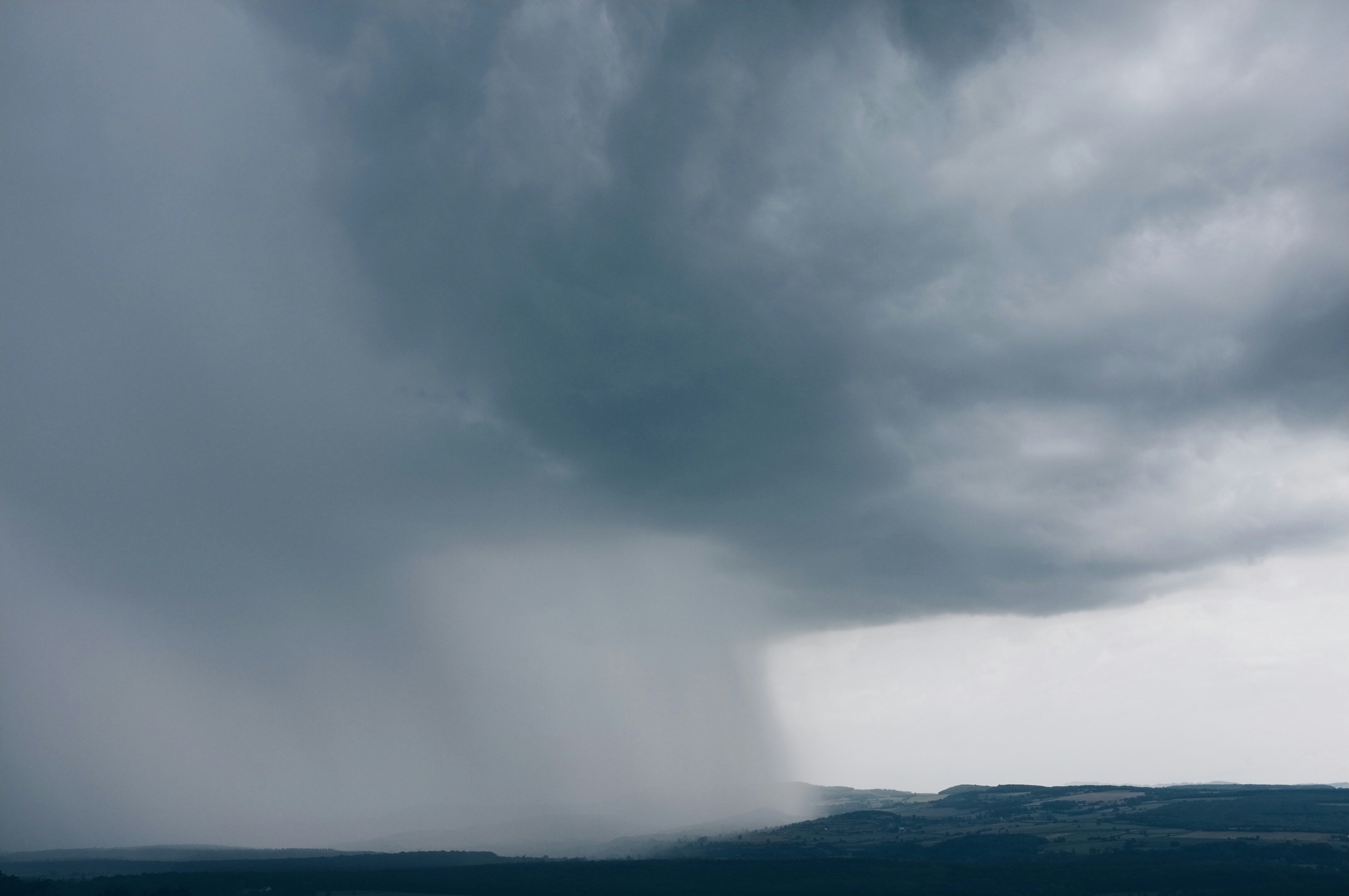Revolutionizing Hurricane Forecasting with AI
As the climate crisis continues to escalate, the need for more accurate and timely hurricane forecasts has never been more pressing. Fortunately, the advent of artificial intelligence (AI) is changing the game, offering unprecedented predictive capabilities to better prepare for these natural disasters. In this blog post, we delve into how AI is being leveraged to enhance predictive hurricane modeling and what this means for the future of emergency preparedness.
The Role of AI in Enhancing Forecast Accuracy
Traditional hurricane forecasting methods rely heavily on complex atmospheric models and historical data analysis. While these methods have significantly advanced over the years, they often fall short in providing the precision needed to make critical decisions during emergencies. Enter AI: with its ability to process vast amounts of data from multiple sources rapidly, AI is now being harnessed to improve the accuracy of hurricane predictions.
Machine learning algorithms, a subset of AI, can identify patterns in weather data that humans might miss. By analyzing satellite images, sensor data, and historical storm patterns, these algorithms can predict not only the path but also the intensity of upcoming hurricanes with greater reliability. For instance, the National Oceanic and Atmospheric Administration (NOAA) has been integrating AI to refine their forecasting models, leading to improved predictions and increased lead time for emergency response.
AI-Driven Innovations in Data Collection
Beyond prediction, AI is also revolutionizing how data is collected during hurricane events. AI-enabled drones and autonomous weather stations are now capable of operating in harsh conditions, gathering real-time data that feeds into predictive models. This data allows for a more comprehensive analysis of current storm conditions and helps refine forecasts as the hurricane progresses.
Additionally, AI-powered sensors deployed across coastal regions are providing valuable insights into storm surge patterns and wind speeds, further enhancing our understanding of a hurricane’s potential impact. This real-time data collection is crucial for creating more dynamic and adaptable emergency response strategies.
Integrating AI into Disaster Preparedness Plans
With the predictive capabilities of AI, emergency response teams can now make more informed decisions. AI modeling allows for scenario testing and risk assessment, which are pivotal in developing robust disaster preparedness plans. By simulating different hurricane scenarios, AI helps identify vulnerable areas and populations, allowing authorities to allocate resources effectively and plan targeted evacuations.
Communities are encouraged to incorporate AI insights into their hurricane response strategies. Organizations like HelpNow are at the forefront of promoting AI-driven approaches to disaster preparedness, ensuring communities are better equipped to handle hurricane seasons.
Challenges and Ethical Considerations
While AI presents numerous advantages, it is not without its challenges. The integration of AI into hurricane modeling raises questions about data privacy, model transparency, and the ethical implications of decision-making based on AI predictions. It is essential that these technologies are developed with input from diverse stakeholders, including scientists, policymakers, and community leaders, to ensure ethical standards are upheld.
Furthermore, the accuracy of AI predictions is heavily dependent on the quality and quantity of data available. This necessitates continuous investment in sensor technology and data infrastructure, particularly in underserved regions that are most vulnerable to hurricanes.
The Future of Hurricane Forecasting
The potential of AI in transforming hurricane forecasting is immense. As machine learning techniques become more sophisticated, we can expect even greater improvements in forecast accuracy and lead time. Additionally, the collaboration between meteorological experts and AI developers will be crucial in refining these technologies to address the nuances of hurricane behavior.
Ultimately, the goal of leveraging AI for predictive hurricane modeling is to save lives and minimize damage through better preparedness and timely response. As communities and agencies embrace these advancements, we move closer to a future where the devastating impacts of hurricanes can be significantly mitigated.
To learn more about how AI is impacting emergency response training and disaster preparedness, visit our blog. For those interested in supporting initiatives that promote innovative disaster response strategies, consider joining or donating to HelpNow. Together, we can build a more resilient future.

